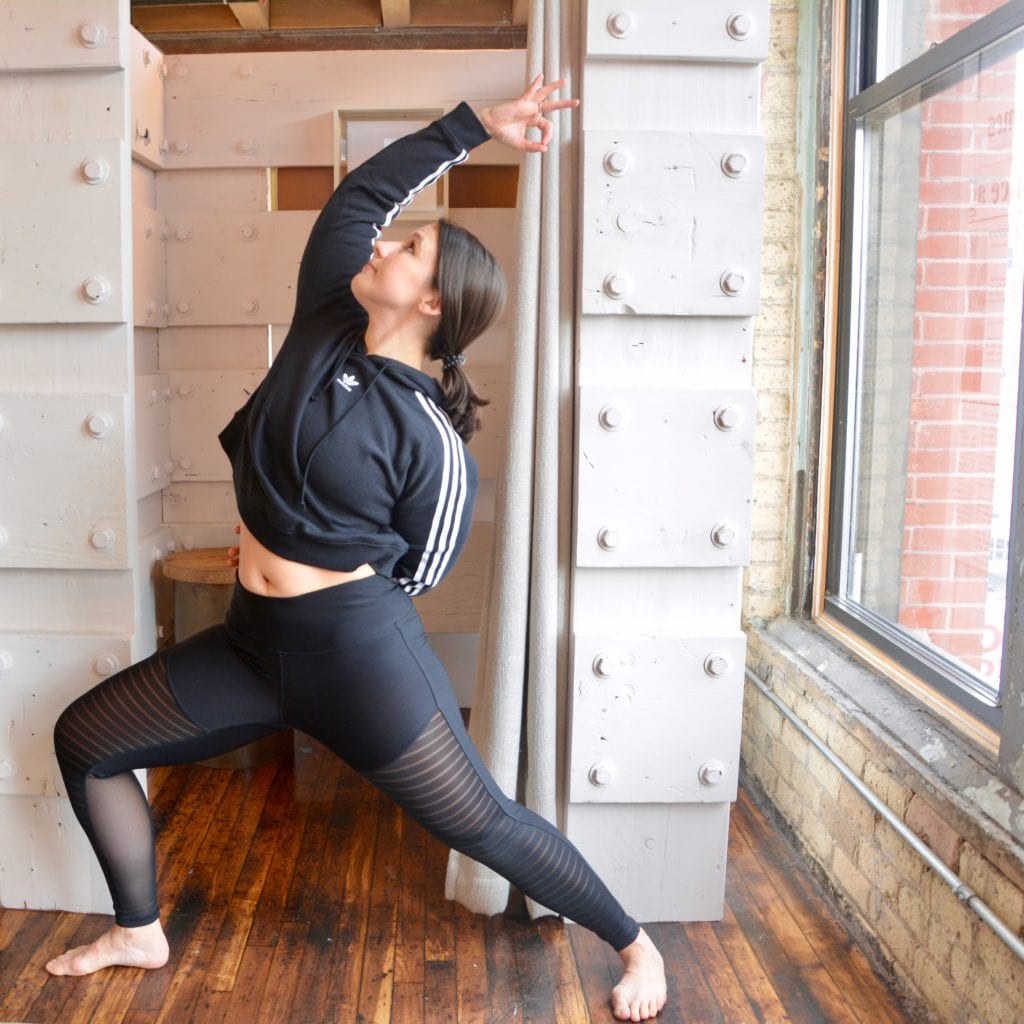IV Therapy is the Latest Workout Recovery Trend–Here’s What You Need to Know Before You Try It
Gone are the days when intravenous (IV) drips were reserved for hospital visits. Now you can walk into one of the many IV clinics (often called “drip bars”) in major cities and get pumped full of vitamins and other minerals to supposedly treat your hangover, cold, migraine, or any number of other conditions.

You can even get an IV after a tough workout to aid in muscle recovery. Proponents of IV therapy for athletes say it does everything from boost energy to soothe achy muscles to reduce stress in your body. But is this really an effective way to recover? Here’s what the experts have to say.
How IVs work
In hospitals, IV drips deliver a saline solution via a small catheter and tubing injected directly into your bloodstream.
“Typically, we use IV fluids when someone is dehydrated, especially when they can’t take food or drink by mouth,” says Jeffrey Landsman, MD, primary care provider at Mercy Personal Physicians at Lutherville in Maryland. If you’re not nauseous, vomiting, or too sleepy or out of it to eat or drink, then you should be able to rehydrate yourself without the need of an IV.
The rise of IV therapy as a wellness trend
Kristine Blanche, PhD, physician assistant, and founder of the Integrative Healing Center in Long Island, New York, has been doing IV therapy in her practice for 14 years, although she says it’s become even more popular in the last few years. The reason it’s so popular these days is that IVs bypass your gut and get vitamins straight to your bloodstream so you feel the effects immediately. There’s also the convenience factor: Drip bars often advertise that they’ll bring the IV to your home or hotel room.
Outside of a hospital setting, you’ll be able to get a combo of saline, vitamins, and electrolytes in an IV, depending on what you’re looking to have treated.
For example, “B vitamins will help you recover from a hangover,” says Blanche. On the other hand, if you’re looking to boost your immune system and stave off a cold, then you’d likely be given an IV loaded with vitamin C.
“If you’re able to access IV therapy, it can help keep your body optimized,” says Blanche.
IV therapy for athletes
If you’re the kind of person who exercises only occasionally, there’s not really any need for you to get an IV post-workout. But if you’re a marathoner or triathlete, a drip may help you recover. “I could see if you finished a marathon and were severely dehydrated, or you were a college athlete who had back to back games, that an IV could get you feeling better quicker and hydrate you quicker,” says Landsman.
Blanche works with a lot of athletes and says IV therapy helps keep them from burning out and getting injuries. Potassium, which balances fluids and electrolytes, is a popular nutrient in IV drips given to athletes. That’s because marathoners often become depleted in potassium while they run, which can lead to cramps.
Other common nutrients you’ll find in IV drips if you’re an athlete are vitamin C, vitamin b12, and magnesium, which is a big one says Blanche, because “it tends to get depleted when you’re training so hard.”
What you need to know before trying drip therapy
An IV might make you feel great after a big race, but it’s not without risks, says Landsman. “You could get an infection or cellulitis at the IV site,” he says. You could also end up with an electrolyte imbalance.
“In most cases, when we’re giving IV fluids medically, we have access to check lab results, and we’re monitoring vital signs,” adds Landsman. If you get an IV from a mobile drip bar after a race, they may not have the tools needed to monitor you properly. So it’s crucial to check that you’re seeing a qualified expert in a medical setting.
Blanche, who performs IV therapy in a medical setting, says it’s also very important to ask where the ingredients in an IV are from. “I get worried about people walking into a storefront,” she says. “You have to be cautious and make sure the place you’re going to is sterile and safe.”
Keep in mind that IVs can also be expensive (one drip bar in New York City, for example, charges upwards of $300 for one session, depending on the IV). The easiest (and least expensive) way to stay hydrated during, and after, a workout is by guzzling plenty of water.
“Make sure you’re drinking enough fluids so that your urine is running clear,” says Landsman. “If it’s dark and concentrated, that’s a sign you’re dehydrated and not drinking enough fluids.”
The bottom line: An IV can help your body recover more quickly after a strenuous athletic performance, but safety is key. If you’re interested in trying this wellness trend, seek out a medical expert who’s capable of handling an emergency if it arises.
1 thought on “IV Therapy is the Latest Workout Recovery Trend–Here’s What You Need to Know Before You Try It”
Comments are closed.













I appreciate you helping me learn more about IV therapy for athletes. My cousin is training for for the Olympic tryouts. He will be interested to know that you said that it can help reduce sore achy muscles.